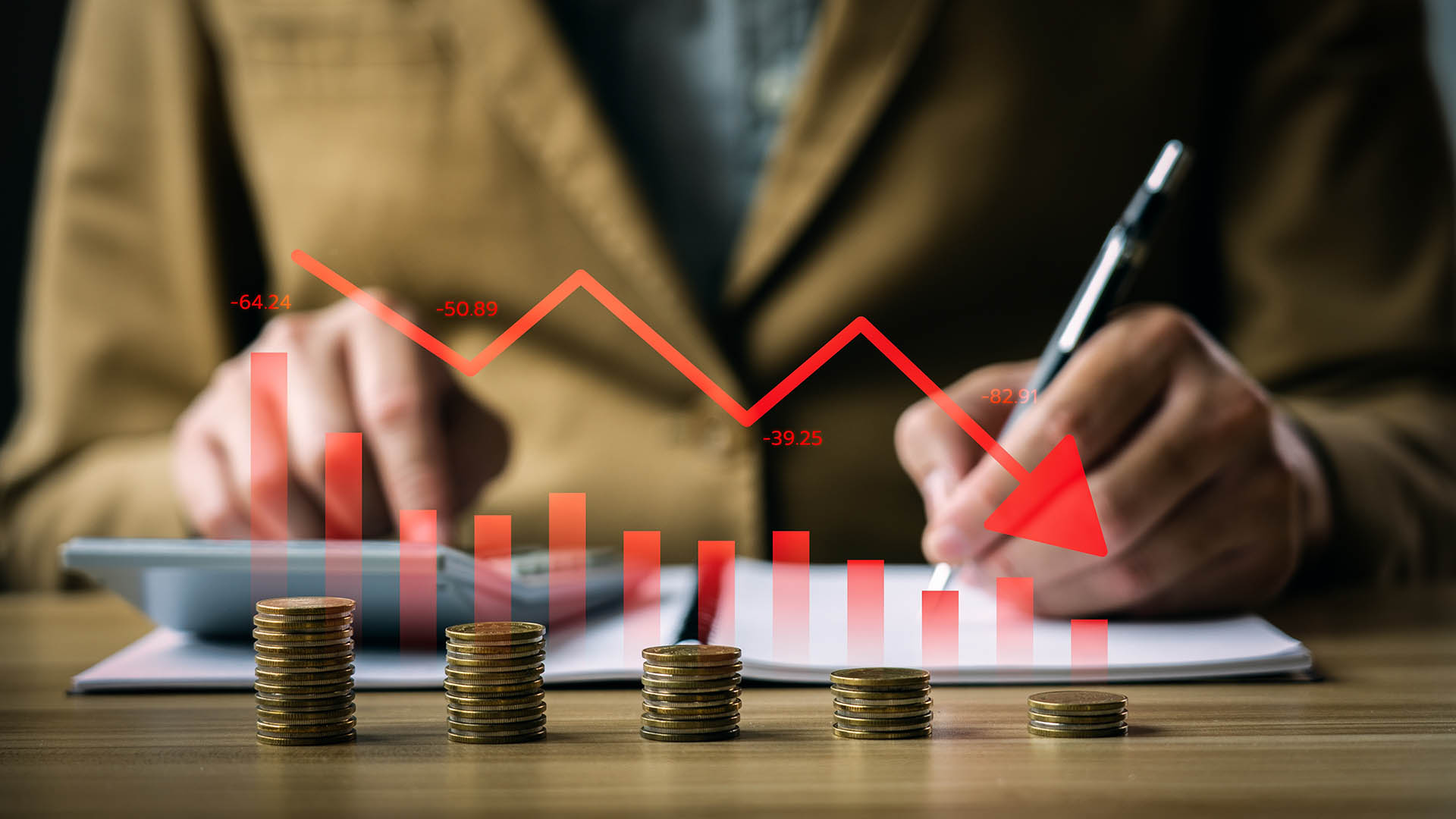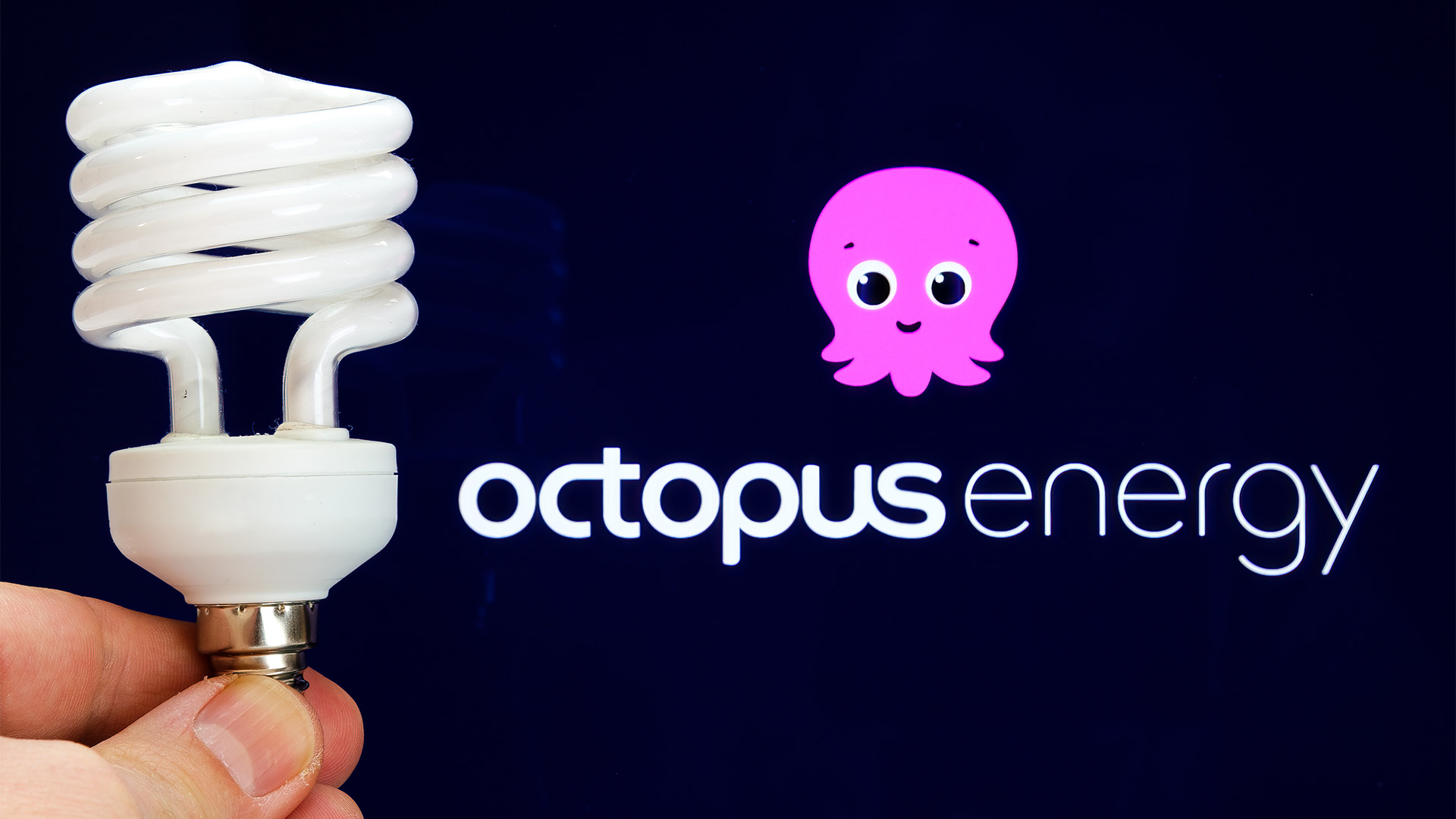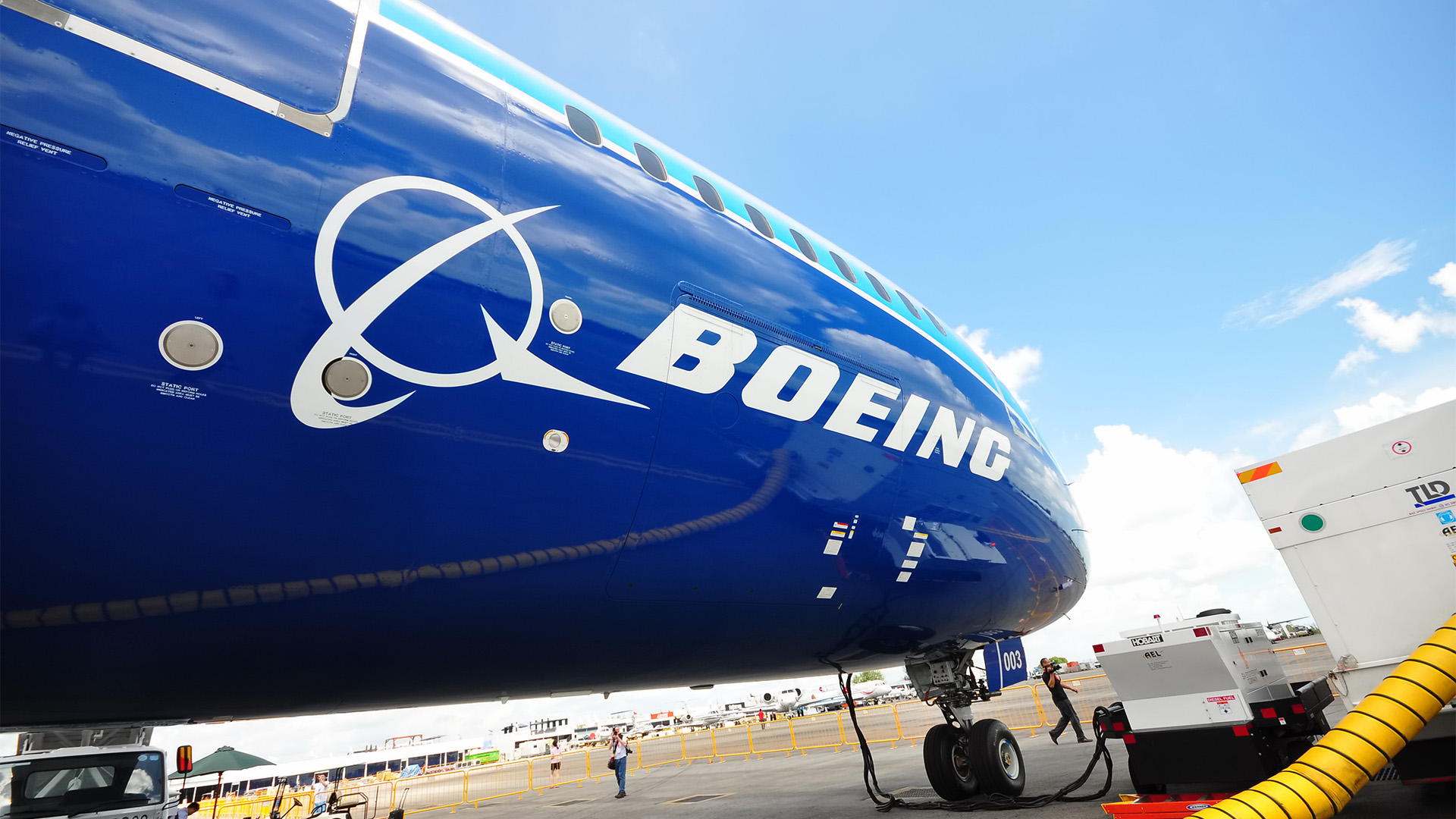Australian economic growth slowed sharply in the three months to March from December’s multi-year high, but still managed to show a gain despite a constant flurry of adverse effects.
The latest national accounts from the Australian Bureau of Statistics revealed that GDP rose a solid 0.8% in the three months to March, down from the 3.6% rise in the December which was revised up from the original 3.4%, underling the strength of the bounce from September’s contraction of 1.8% (revised down from 1.9% originally).
The 0.8% quarterly rise was a bit stronger than market forecasts in a range of 0.4% to 0.6% for the quarter.
The reading would have been stronger except for another weak performance by net exports as the cost and volume of imports of products such as cars and higher oil and petrol prices cut the size of trade surpluses generated by mining and rural exports.
A sharp rise in inventories (especially in wholesaling and retail thanks to price rises on a range of goods such as fresh food, timber, electronics goods, cars and energy) added 1% to GDP in the quarter. Without that large contribution the economy would have struggled to have remained in the black.
That is especially true of another strong contribution from households and consumers.
The ABS said domestic final demand contributed 1.6 percentage points to GDP growth and spending on discretionary goods and services lifted by 4.3% and is now back above pre-pandemic levels for the first time, according to the ABS.
Household final consumption expenditure contributed 0.8 percentage points.
Government consumption contributed 0.6 percentage points, driven by increased health expenditure. The government’s response to the floods in NSW and QLD also contributed to the rise.
The ABS said through the year growth slowed to 3.3% (seasonally adjusted and in chain volume terms) after the original 3.6% rise estimated for the final quarter of 2021 was raised to 3.6% in Wednesday’s National Accounts.
Heavy rain and flooding (weather events as the ABS so coyly described them) in New South Wales, Queensland and South Australia during the quarter affected supply chains and dampened activity in some industries.
Nominal GDP rose 3.7% in the quarter, meaning tax collections for the federal government will remain strong heading into 2022.
The savings ratio fell to 11.4% from 13.4%.
The GDP implicit price deflator increased 2.9%, the fastest rate since March quarter 1988 and a sign of just how embedded cost pressures are now in the wider economy.
The ABS pointed out that a key part of that deflator, the domestic final demand implicit price deflator rose 1.4% which was the strongest growth since the introduction of the Goods and Services Tax in 2000.
The ABS said this reflected high levels of demand and increased input costs in the quarter which are now also widespread and why there will be more rate rises from the Reserve Bank for the rest of this year – and don’t be shocked if there’s a 0.50% increase in the cash rate in coming months.
These cost pressures are the big story for the rest of the year, helped by surging electricity and gas prices.
The terms of trade rose 5.9%, with export (+9.6%) and import prices (+3.5%) both up strongly, even though the current account fell for a third quarter and detracted 1.5 percentage points from growth.
Sean Crick, acting head of National Accounts at the ABS, said: “The economy grew for a second consecutive quarter following a contraction in the September quarter 2021, when economic activity was affected by the Delta outbreak.”
Spending on discretionary goods and services increased 4.3%, exceeding pre-pandemic levels for the first time.
The reopening of domestic and international borders contributed to rises in transport services (+60.0%), recreation and culture (+4.8%) and hotels, cafes and restaurants (+5.3%). Purchase of vehicles rose 13.0% as supply constraints eased.
Essential spending declined 0.2%. Expenditure on food declined 2.0%, reflecting the continued shift towards eating out as restrictions eased. Spending on health also fell as elective surgeries and visits to health practitioners were cancelled as Omicron cases increased.
While the economy expanded by 0.8%, GDP per capita grew by a much more modest 0.3%. It is the widest gap between the two measures since early 2018 when GDP per head was falling because overall growth – even nominal GDP was weak back then.













